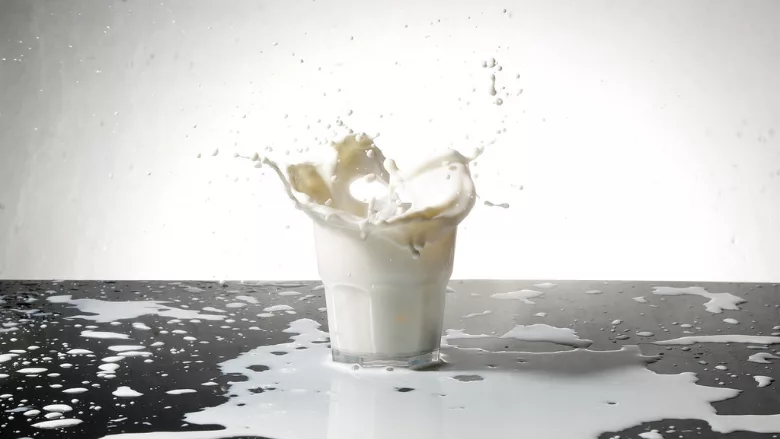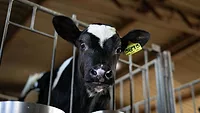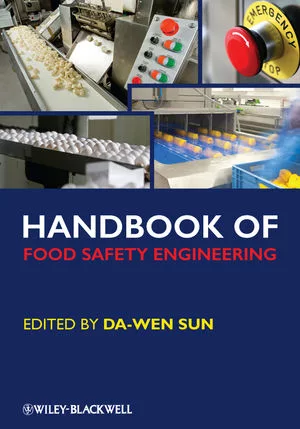USDA Finds HPAI in Muscle of Sick Dairy Cow; Study Shows Infectious Potential of Contaminated Raw Milk

Image credit: Bommie via Pixabay
As the ongoing Highly Pathogenic Avian Influenza (HPAI) H5N1 outbreak continues to affect North American dairy cattle herds, one study has shown the ability of HPAI to infect mice via contaminated raw milk, and testing conducted by the U.S. Department of Agriculture Food Safety and Inspection Service (USDA-FSIS) has found HPAI traces in muscle from culled dairy cows.
As of May 24, 2024, 63 dairy cattle herds across nine states (Idaho, South Dakota, Colorado, Kansas, New Mexico, Texas, Michigan, Ohio, and North Carolina) have been affected by HPAI H5N1.
Mice Infected by Contaminated Raw Milk
In a recent study, researchers from the University of Wisconsin-Madison and the Texas A&M Veterinary Medical Diagnostic Laboratory sought to understand the infectious potential of raw milk contaminated by HPAI H5NI, as well as determine how heat treatment and cold storage can be used to inactivate and control the virus in milk.
The team collected contaminated raw milk from a dairy cattle herd in New Mexico that was affected by HPAI H5N1. Approximately 20 drops of the milk were fed to five mice, which showed signs of illness on day 1. On day 4, the mice were euthanized and their organs were examined for HPAI. The virus was found in high levels in the mice’s respiratory tissues, and at low-to-moderate levels in other organs. Interestingly, much like infected dairy cows, the virus was detected in the mammary glands of two mice, even though the mice were not lactating.
Next, the researchers used the same raw milk collected from the New Mexican dairy cows to conduct temperature experiments. Looking at HPAI survival in the milk at different thermal treatment temperatures and times, the scientists found that heating the milk to 145 °F at 10, 20, and 30 minutes completely killed the virus. Heating at 161.6 °F for 15 and 20 seconds killed some of the HPAI, but did not completely inactivate the virus. Additionally, after storing the milk at 39.2 °F for 5 weeks, the researchers noted a small reduction in HPAI, suggesting that the virus can survive in raw milk when stored in a refrigerator.
USDA-FSIS Finds HPAI in Muscle of Dairy Cows
Looking for quick answers on food safety topics?
Try Ask FSM, our new smart AI search tool.
Ask FSM →
On May 24, 2024, USDA-FSIS provided updates on its HPAI H5N1 beef safety studies. After testing beef tissue from 96 cull dairy cows that were infected with the virus, viral particles were detected in tissue samples, including muscle, from one cow. Samples from the other 95 cows tested negative for viral particles.
No meat from these dairy cattle entered the food supply. USDA is working to conduct traceback activities, including notification to the producer, to gather further information.
The samples were analyzed with polymerase chain reaction (PCR) to determine presence of viral particles, which does not differentiate between live virus or fragments.









